What is a Staunton Chess Set and its history?
Chess sets are of various types and styles and have been around for centuries. However, the patterns vary, out of which the Staunton Pattern is very well known. These chess pieces are distinguished by their appearance and unyielding material and are a classic standard at global tournaments. The chess pieces are known for their unique structure with a wide base, narrow statuesque frame and a motif to showcase the significance and level of the chess piece.
History of Staunton Chess Sets?
The Staunton Pattern’s design came about in the nineteenth century, at a time where there were various chess pieces at play, but with major defects. These included complex designs, breakages in ornate chess pieces, chess pieces tipping over, the inability of wear and tear, unrecognisable chess pieces due to a variety in designs, variations in sizes of pieces and boards, expensive and high maintenance chess pieces, and differences in colours etc. Many chess sets were famous in Great Britain, such as the Lund, Saint George, Edinburgh, Barleycorn, Isle of Lewis, Calvert, Merrifield, and Selenius etc., nevertheless, there were numerous and many diverse versions abroad.
In the 1800’s John Jaques, a wealthy businessman in London saw the defects as an opportunity to propose a standard which could be used by all chess players without any difficulty. Nathaniel Cooke was a business partner who helped in designing and patenting the chess pieces after they were conceived. In March 1849, Jaques obtained the copyright for the design and registered the design under the Ornamental Designs Act of 1842. Following this, Jaques soon began the manufacturing process of the design under Jaques of London in September 1849.
After the manufacturing process, Jaques convinced the world’s strongest player Howard Staunton to endorse the new chess pieces with his name, to which he agreed. The first 1000 sets were hand signed by the chess player and sold accordingly. Due to this the name ‘Staunton Pattern’ came into existence and was widely distributed to chess players near and far. However, it is widely known that Howard Staunton not only endorsed the product but promoted it to a degree by criticising the make of other designs due to their flaws. However, the low cost of the Staunton Chess Sets made it well-known among the masses, which added to its popularity tremendously.
The Staunton Pattern Becoming a World Standard
Due to the increase in popularity and growth of Chess, there was an increased demand for international tournaments to take place. Players were often not familiar with which standard to adopt due to countless variations of the game, which often lead to the opponent’s disadvantage. The Staunton Pattern was among the first chess sets that had a standard design and was widely known. It took away many of the problems various chess sets and became exceedingly popular due to its clean and simple design, low cost, unique style and durability. It was due to this that the Staunton Chess Sets soon became a standard during tournaments, ensuring ease of use and consistency. It was selected by FIDE, the World Chess Federation in 1924, as its optimum choice of standard, for international chess tournaments.
What are Staunton Chest Sets made of?
The Staunton Chess Set is known for its unique style and rules associated with it. The material used to create some chess pieces vary from wood, ivory, metal, glass, stone to plastic. There are sixteen pieces in each set, comprising of one king, two rooks, two bishops, one queen, two knights, and eight pawns. The Staunton Pattern distinguishes the six main pieces from each other with intricate decorative elements, allowing players to familiarise themselves with the nuances and rank of each piece. The king is known to be the tallest, with a stylised crown topped with a cross as a motif, while the knight is depicted with the head and neck of the horse. The Queen is slightly smaller than the king is, and features a coronet which with topped with a monde. The rook has a motif of a castle or crenelated battlements, while the bishop is a western-style mitre. Finally yet importantly are pawns, which are the smallest, topped with a small ball as a motif. A collar at the neck separates motifs that represent human characters in chess pieces often.
There are a variety of Staunton Chess Sets made of boxwood and ebony, and other woods such as walnut, maple, sycamore or Sheesham. The weight of the chess piece is enhanced by adding lead so that it is more stable, while the underside is covered with felt or leather so that the chess board isn’t damaged. Other Staunton Chess Sets are made from ivory, which ranges in sizes, and typically bear the facsimile Staunton signature under the lid of the chess box. To ensure that durability is taken into consideration for chess enthusiasts, there are also metal chess pieces that are moulded in poly-stone and made of pewter or metal. These are crafted to give a stone-like appeal and have a smooth structure and give a glistening rich touch to each piece. The chessboards also play an important factor in Staunton Chess Sets with 64 alternating light and dark squares, in eight rows and columns. The vertical columns are known as files while the rows are known as ranks.
Where to Buy the Perfect Staunton Chess Set
There are various designs of Staunton Chess Sets for chess players and collectors, due to their aesthetics, cost, dimensions, size and colours. The impeccable ancestry makes it a must-have in the collection of all chess players. The exquisite craftsmanship and endurance of chess pieces make it one of the best designs of all times. The Official Staunton Chess Company provides a variety of Staunton designs for chess players around the world, be it antique chess sets, Isle of Lewis chess sets, luxury chess sets or traditional chess sets, in a variety of materials, styles, colours and sizes and are meticulously crafted to fit any chess player’s needs.



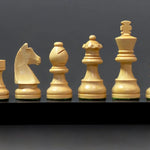
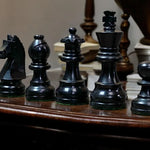
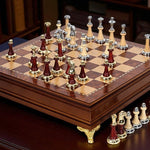
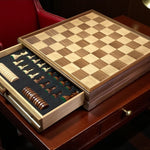
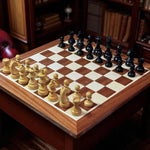
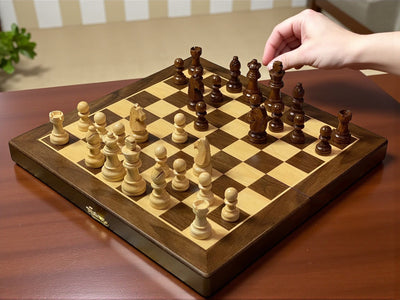
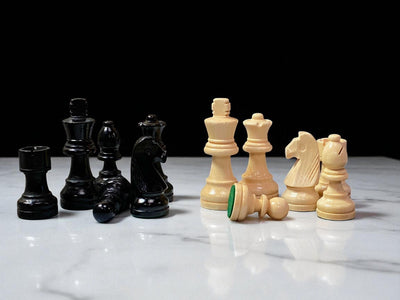
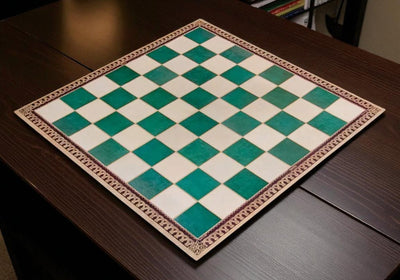
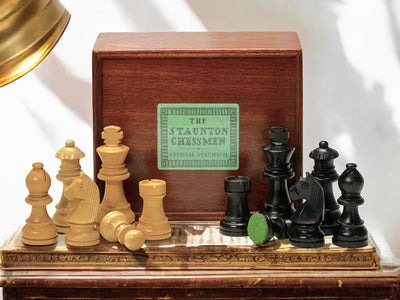
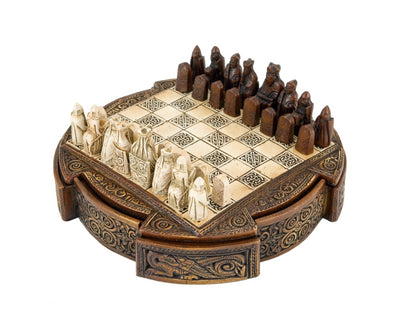
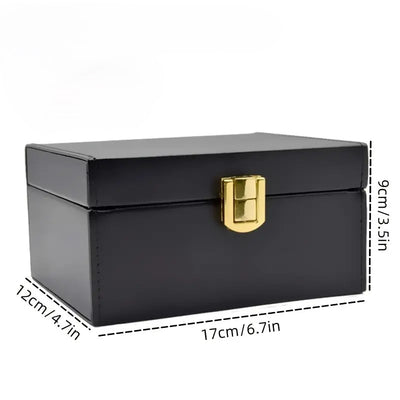
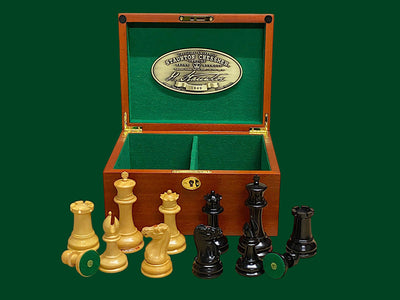
Leave a comment